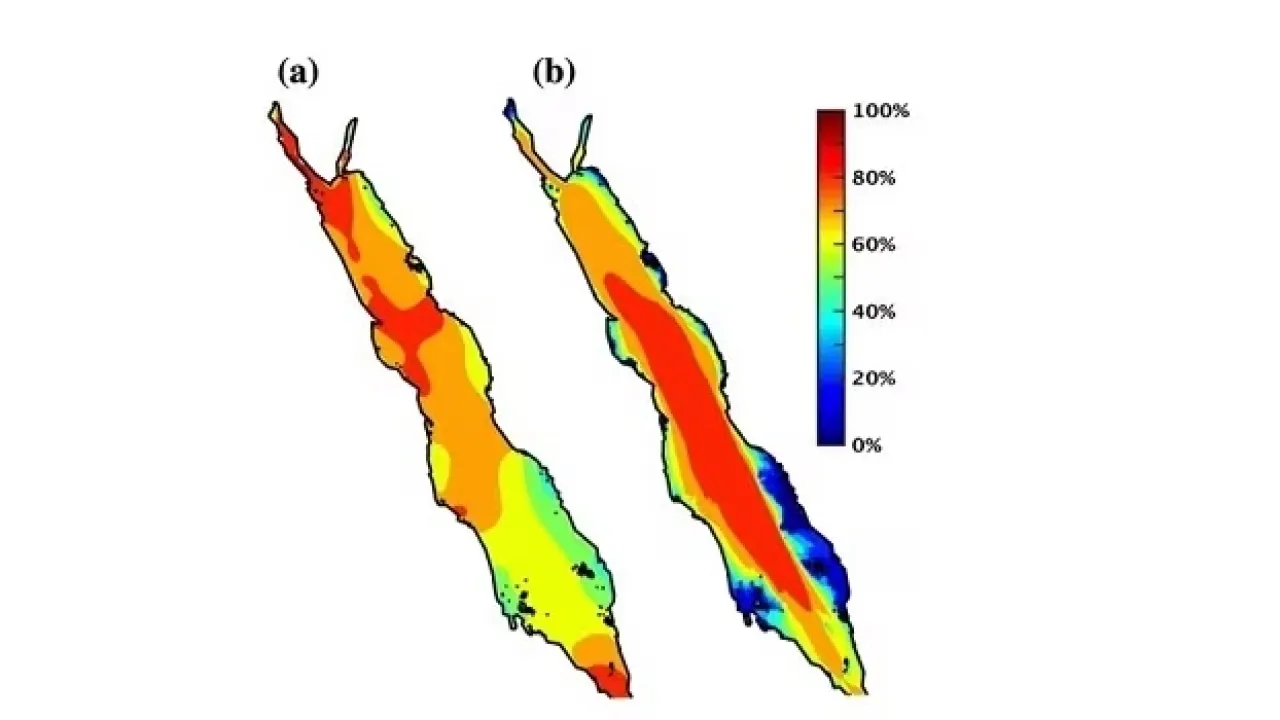
Assessing Red Sea potential for alternative energy
Advanced numerical models are helping researchers identify potential sites to exploit offshore wind and wave energy in the Red Sea region.
About
Potential wind and wave energy harvesting sites have been identified by KAUST researchers at three separate locations in the northern, central and southern Red Sea.
The team used two numerical models to simulate past climate and wave conditions in the region covering the time period from 1997 to 20141. The data suggests that wind and wave energy in the Red Sea is variable in different locations and across time.
Ocean energy in the form of waves and offshore winds are a potential source of alternative energy, but the high cost of construction means that careful analyses are required before infrastructure investments are made.
“Accurate wind and wave datasets are required for reliable assessment of energy potentials,” explained Ibrahim Hoteit, KAUST associate professor of Earth science and engineering from the University's Physical Science and Engineering Division. “Numerical model outputs optimized with available observations in the region are the main source of information in regions such as the Red Sea where long-term in situ observations are not available.”
Despite the low energy generation potential of enclosed seas, energy converter devices set up in these areas are less exposed to severe climate conditions, making them easier to maintain.
The team’s advanced computations provided high resolution wind and wave energy data that covers small timescales over relatively small geographical areas.
“No other source of data is available at this resolution for the Red Sea region,” noted KAUST Earth science and engineering Ph.D. student Sabique Langodan.
Read the full article

